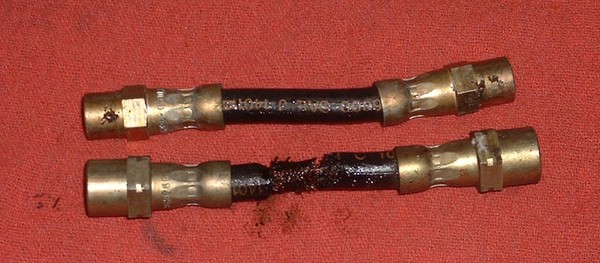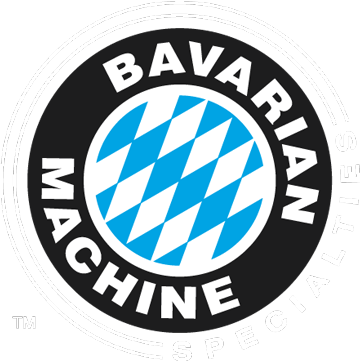If you have ever had to replace an alternator sooner than you thought was normal, you may have had a hand in causing it’s demise. The most common reason for premature alternator failure is overheating. In an earlier tech article, I stressed the importance of adequate cooling of the alternator by keeping the alternator air ducting clear. However, there is another seemingly innocent way of causing an alternator overheat situation that can adversely affect both water and air cooled alternators alike.
Any time when your car does not crank over and you get “a jump” you might be thinking “Well, the battery will re-charge while I’m driving”. You might be right but you are also risking an expensive future breakdown. The alternator may even provide enough surface charge to the battery to provide enough power to start the engine the next time it is needed. However, asking the alternator to run at peak output for an extended period of time will guarantee an overheated alternator and eventual failure. The alternator is intended to maintain the car’s electrical system, not act as a battery charger.
As a final note, even when replacing the battery, make sure the new battery is fully charged so you don’t end up replacing the alternator next.



